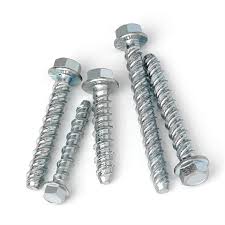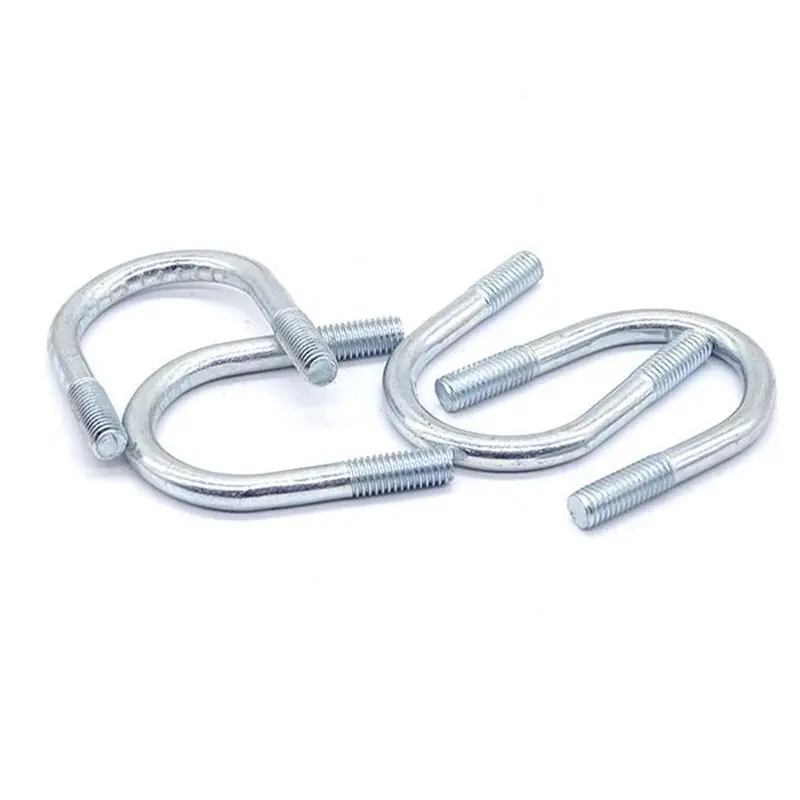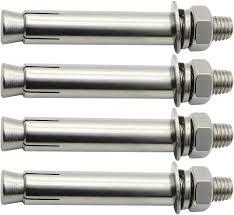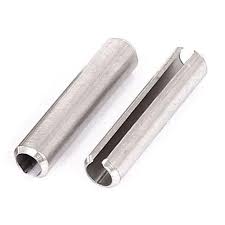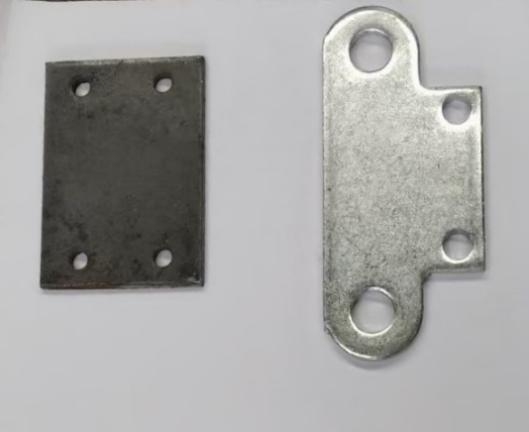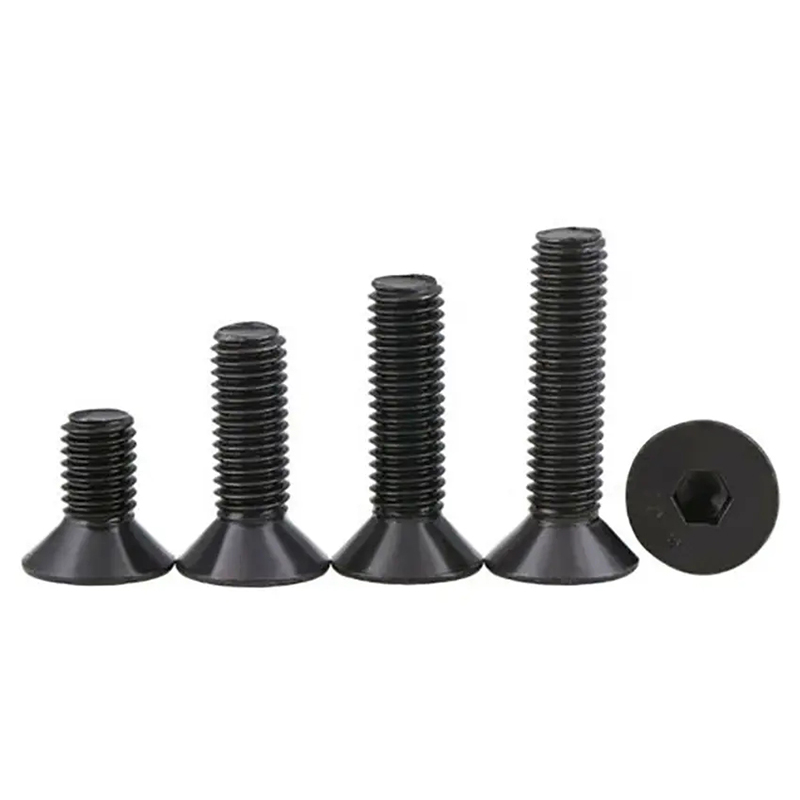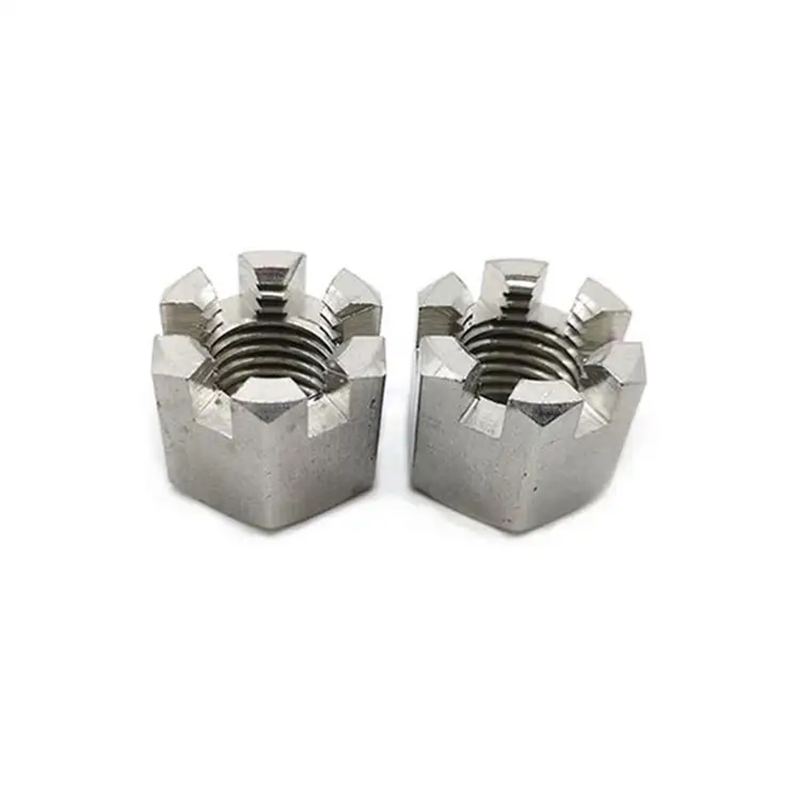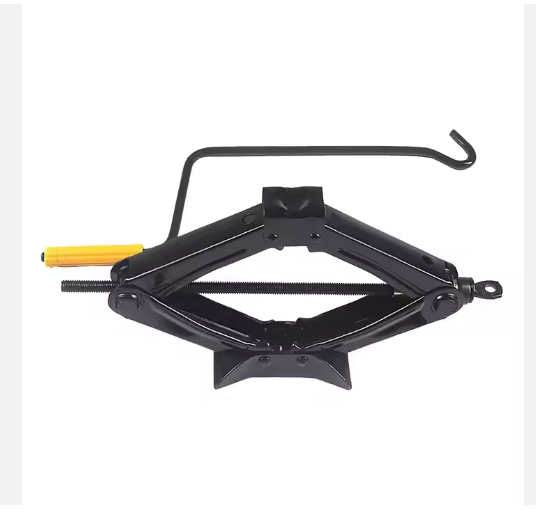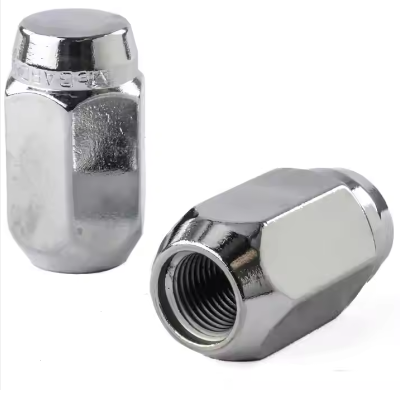

This guide provides a detailed overview of DIN 933 M8 hexagon head bolts, covering their specifications, applications, materials, and quality considerations. We'll explore what makes them suitable for various projects and offer insights to help you select the right fasteners for your needs. Learn about the key characteristics and ensure you're using the correct bolts for optimal performance and safety.
DIN 933 is a German standard (Deutsche Industrie Norm) that specifies the dimensions and properties of hexagon head bolts with partial thread. The M8 designation indicates a nominal diameter of 8 millimeters. These bolts are widely used across various industries due to their strength, reliability, and consistent manufacturing standards. These bolts are commonly utilized in applications requiring high tensile strength and resistance to vibration. You can find high-quality DIN 933 M8 bolts from reputable suppliers like Hebei Dewell Metal Products Co., LTD.
DIN 933 M8 bolts are characterized by their:
DIN 933 M8 bolts are typically manufactured from various materials, including:
The grade of a bolt indicates its tensile strength. Higher grades generally signify higher strength and improved performance under stress. The grade is usually marked on the bolt head. It's crucial to choose the appropriate grade to ensure the bolt can withstand the intended load.
DIN 933 M8 bolts are versatile and find applications in a wide range of industries and projects, including:
When selecting DIN 933 M8 bolts, consider the following factors:
Ensure your supplier adheres to the DIN 933 standard to guarantee the quality and reliability of the DIN 933 M8 bolts you purchase. Look for certifications and quality control measures to ensure consistent performance.
| Feature | Steel | Stainless Steel |
|---|---|---|
| Corrosion Resistance | Low | High |
| Cost | Lower | Higher |
| Strength | Good | Good |
Note: This information is for general guidance only. Always refer to the relevant DIN 933 specifications and consult with a qualified engineer for specific applications.
Sources: DIN Standard 933



